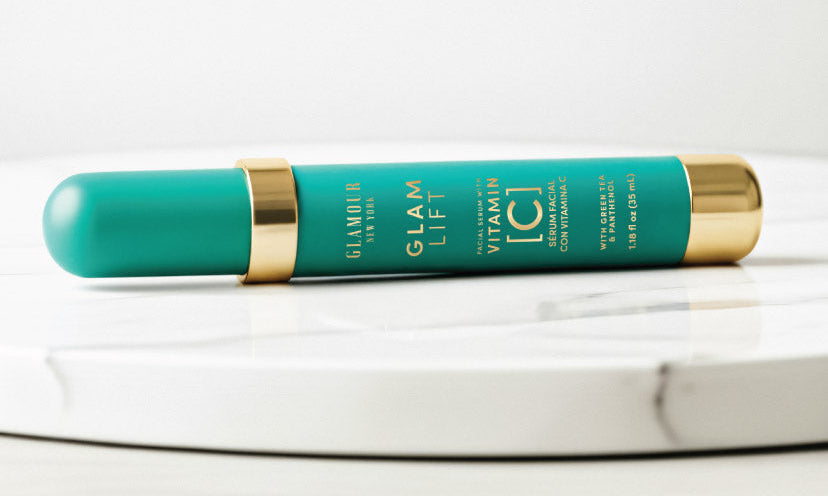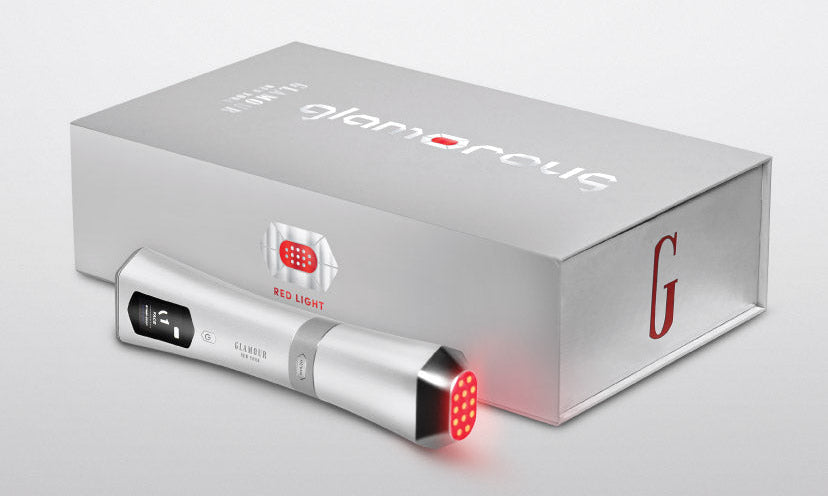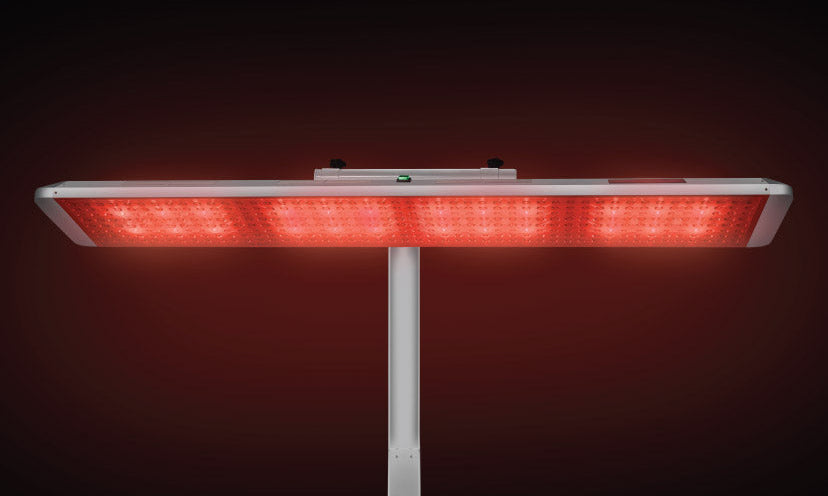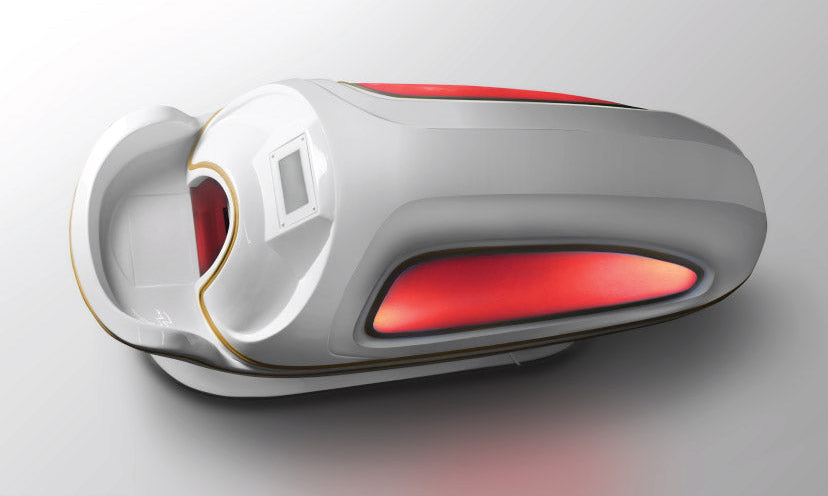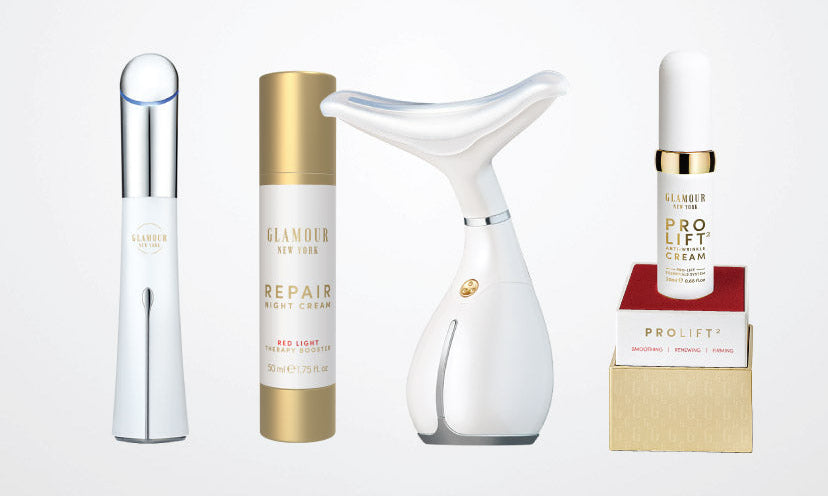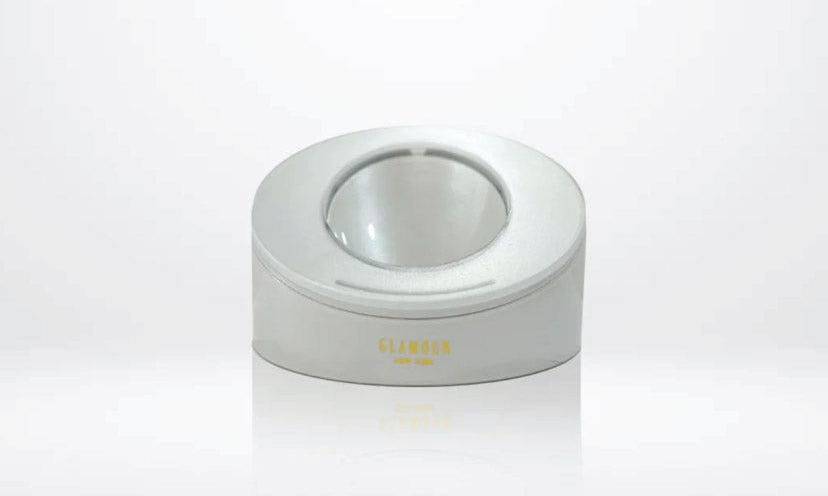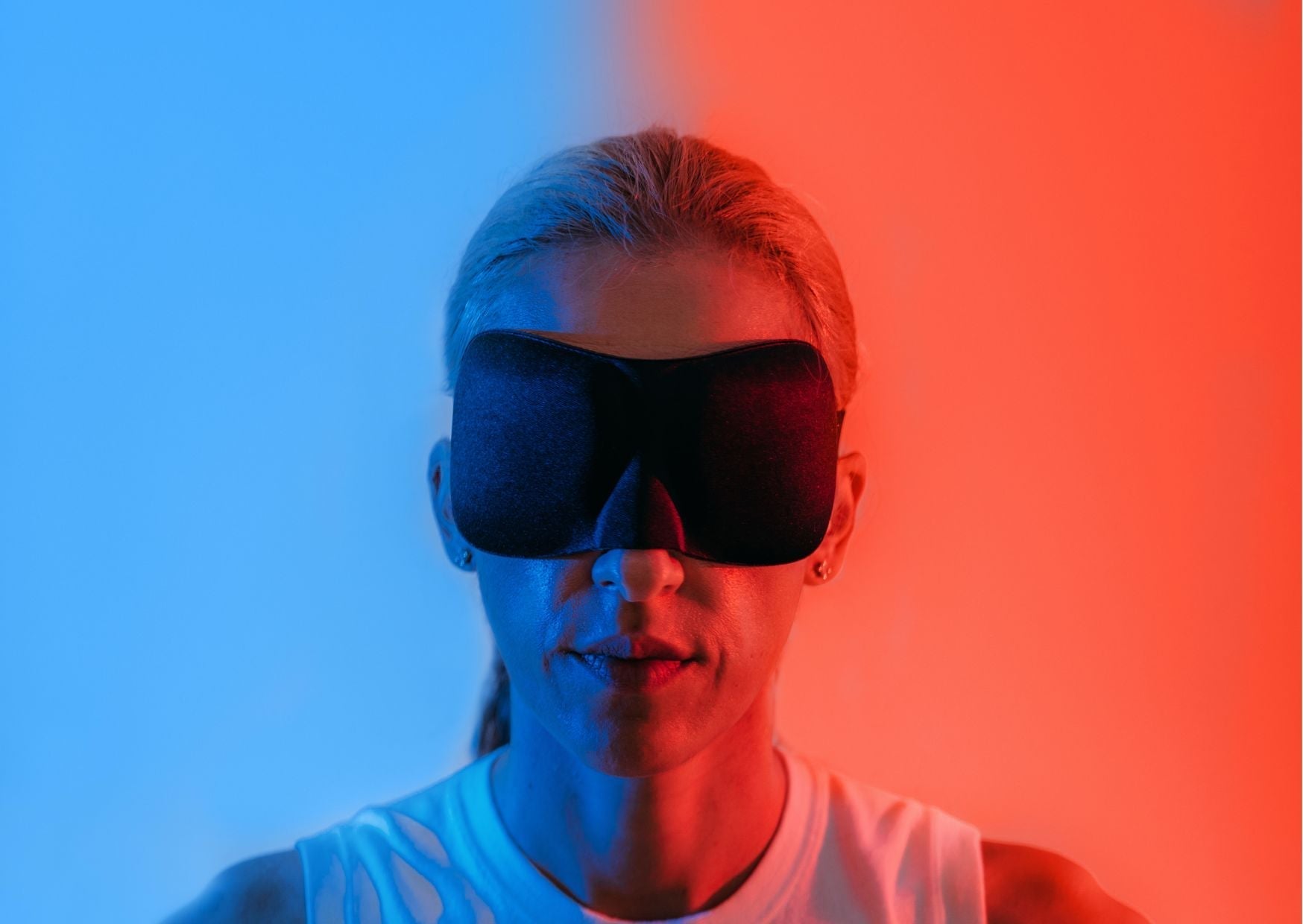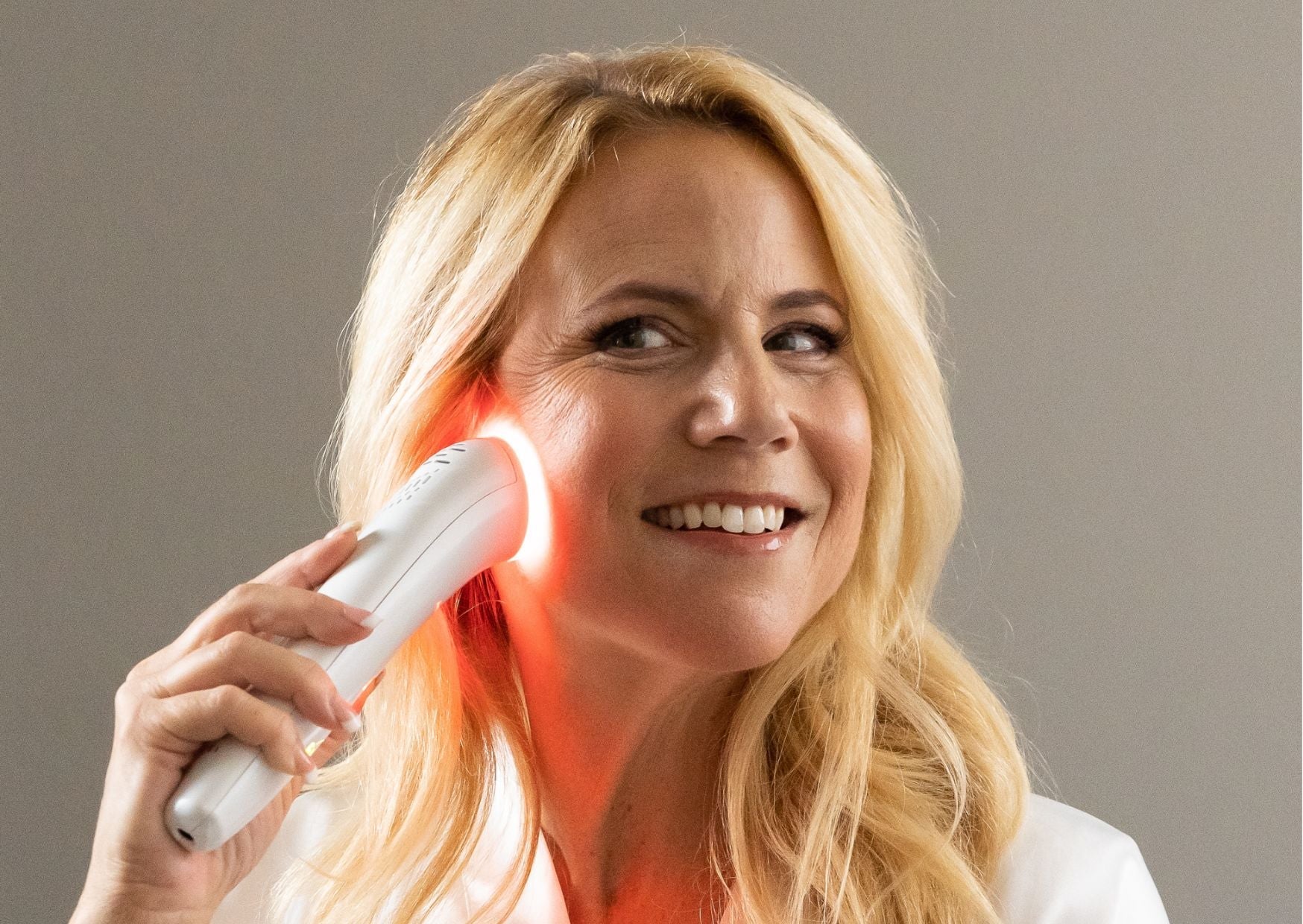Light-activated skincare is revolutionizing the beauty industry by integrating smart skincare technology with LED light therapy to enhance skin health and appearance. But are light-activated day and night creams really the future of skincare? In this post, we’ll explore the science, benefits, best products, and expert recommendations to help you decide if these high-tech skincare innovations are right for you.
What Are Light-Activated Skincare Creams?
Light-activated skincare refers to creams and serums that respond to specific wavelengths of light therapy for skin activation. These products contain light-sensitive ingredients that react to natural sunlight or artificial LED light, boosting their effectiveness for various skincare benefits.
How Do They Work?
These creams often include:
- Photodynamic skincare ingredients, such as chlorophyll derivatives or light-activated enzymes.
- UV-reactive skincare compounds that interact with natural daylight for enhanced SPF protection.
- Infrared and red light therapy-responsive agents that stimulate collagen production and anti-aging benefits.
| Feature | Day Creams | Night Creams |
|---|---|---|
| Activation Light | Sunlight, Blue Light, UV Rays | Red Light, Infrared, LED Therapy |
| Key Benefits | SPF protection, hydration, antioxidant boost | Skin repair, anti-aging, collagen renewal |
| Best for | Protection from blue light and UV damage | Deep skin regeneration |
The Science Behind Light Therapy Skincare: Red Light, Blue Light & UV-Reactive Technology
Different types of light affect the skin in unique ways. Red light therapy skincare and blue light therapy are the most common technologies used in these innovative day and night creams.
Types of Light Therapy & Skincare Benefits
| Light Type | Wavelength (nm) | Benefits | Common Use in Skincare |
|---|---|---|---|
| Red Light | 620-700 nm | Stimulates collagen production, reduces wrinkles, and promotes healing | Anti-aging skincare, deep hydration |
| Blue Light | 400-500 nm | Kills acne-causing bacteria, reduces inflammation | Acne treatment, oil control |
| UV-Reactive | 290-400 nm | Enhances SPF protection, protects against free radicals | Day creams with SPF |
Benefits of Light-Activated Day and Night Creams: Why They’re Changing the Beauty Industry
1. Anti-Aging and Collagen Boost
Using red light therapy skincare, these creams enhance collagen production, reducing fine lines and wrinkles for youthful skin.
2. Acne and Skin Clarity
Blue light therapy targets acne-causing bacteria, reducing breakouts and oil production.
3. Smart Skincare Technology
These creams adjust their effectiveness based on exposure to light, offering a customized skincare experience.
4. Sun Protection & Damage Repair
Many SPF-infused creams use UV-reactive skincare technology to provide adaptive sun protection.
5. Skin Regeneration and Repair
With light-sensitive ingredients, these creams work overnight to restore and revitalize the skin.
Best Light-Activated Skincare Products to Try in 2025
Here are some of the best light therapy skincare products set to dominate the market:
| Product Name | Key Benefit | Light Activation | Best For |
|---|---|---|---|
| LumiGlow Day Cream | SPF protection + hydration | UV-reactive technology | Daily wear |
| Rejuvenate Night Repair | Anti-aging + collagen boost | Red Light Therapy | Nighttime skin renewal |
| BlueShield Acne Gel | Acne treatment | Blue Light Therapy | Acne-prone skin |
| DermaTech Smart Serum | Skin regeneration | LED Light Activation | All skin types |
How to Use Light-Activated Creams in Your Day & Night Skincare Routine
Morning Routine (Day Creams)
✔ Apply UV-reactive skincare products for blue light protection.
✔ Use an SPF-infused cream to prevent sun damage.
✔ Pair with LED light therapy masks for extra hydration.

Night Routine (Night Creams)
✔ Apply red light therapy skincare products for skin repair.
✔ Use a light-responsive moisturizer to enhance collagen production.
✔ Consider an infrared light device for anti-aging skincare benefits.

Do Light-Activated Skincare Creams Really Work? Dermatologist Insights
Are Photodynamic Skincare Creams Safe?
Yes! Dermatologists confirm that light-activated creams are generally safe for all skin types, but sensitive skin users should do a patch test first.
Which Skin Types Benefit the Most?
🔹 Oily & Acne-Prone → Blue light therapy products help reduce breakouts.
🔹 Dry & Aging Skin → Red light therapy skincare enhances hydration and firmness.
🔹 Combination Skin → Light-sensitive ingredients adjust based on skin needs.
Is Light Therapy Skincare Safe? (Potential Risks & Side Effects)
While light-activated skincare is safe, some precautions should be taken:
✅ Avoid overexposure to LED light therapy.
✅ Check ingredients for photosensitivity reactions.
✅ Use SPF-infused creams to prevent UV damage.
Can Red Light Therapy Replace Traditional Skincare Serums?
With advances in smart skincare technology, many red light therapy skincare products enhance or replace traditional serums.
Traditional vs. Light-Activated Skincare
| Feature | Traditional Skincare | Light-Activated Skincare |
|---|---|---|
| Activation | Passive (chemical-based) | Light-responsive ingredients |
| Absorption | Slower absorption rate | Faster, deeper penetration |
| Customization | Fixed ingredients | Adjusts to light exposure |
Verdict: While traditional serums are still effective, light-activated skincare offers customization, deeper penetration, and longer-lasting effects.
Is Light-Activated Skincare the Future of Beauty?
With cutting-edge photodynamic skincare and smart skincare technology, light-activated day and night creams are set to revolutionize anti-aging skincare and skin regeneration technology.
Who Should Try It?
✔ Those looking for advanced anti-aging solutions
✔ Individuals with acne-prone or sensitive skin
✔ Anyone interested in high-tech beauty innovations
As technology continues to evolve, light-responsive skincare is undoubtedly a game-changer in the beauty industry.
Would you try light-activated skincare creams? Let us know in the comments!

